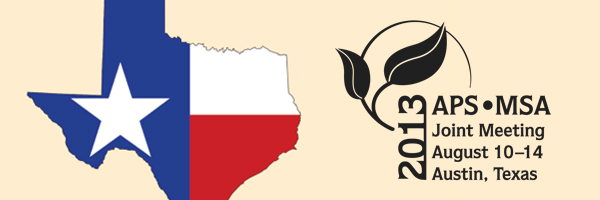APS Homepage
Back

Special Session: Fungal Ecology Beyond Boundaries: From Communities to the Globe
© 2013 by The American
Phytopathological Society. All rights reserved.
60-S
Fungal ecology in a community context: Nectar microfungi interacting with bacteria, plants, and birds.
T. FUKAMI (1)
(1) Stanford University, Stanford, CA, U.S.A.
Individual ecologists tend to study a narrow group of organisms, and fungal ecologists are no exception, yet most organisms live in a complex web of interactions with many other species, even those that are remotely related. The need to look beyond taxonomic boundaries is well recognized, but rarely met. I will present an example showing the importance of interactions among remotely related organisms. It involves fungi that inhabit the floral nectar of a bird-pollinated shrub in California. Fungi disperse among flowers by hitchhiking on birds and other animals, and use nectar sugars and amino acids for growth. Fungi are not the only nectar inhabitants, however. Bacteria are also common in nectar, and evidence indicates that fungi and bacteria negatively affect each other in nectar. The outcome of these interactions depends on the order of species arrival, with early-arriving species often excluding late-arriving ones via resource pre-emption and habitat modification. Evidence further indicates that nectar microbes can reduce seed production and nectar consumption by animals, thereby weakening plant-animal mutualism. This effect is species-specific, caused only by bacteria, and not fungi, likely due to differential modification of nectar chemistry. These findings suggest that the fungi are intimately connected with the bacteria, the plants, and the animals, and that the ecology of any of these remotely related organisms cannot be understood in isolation of any other.